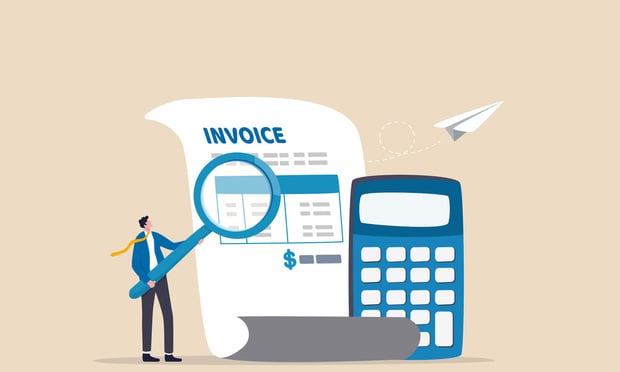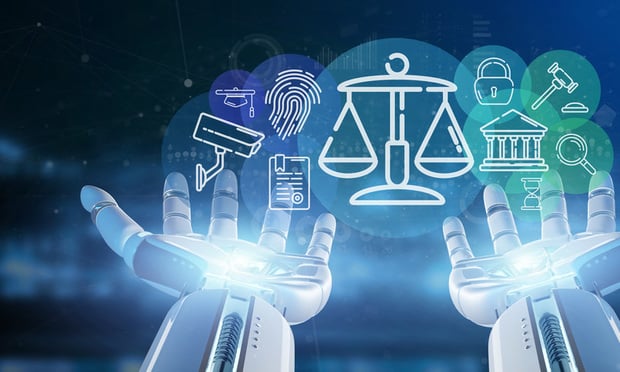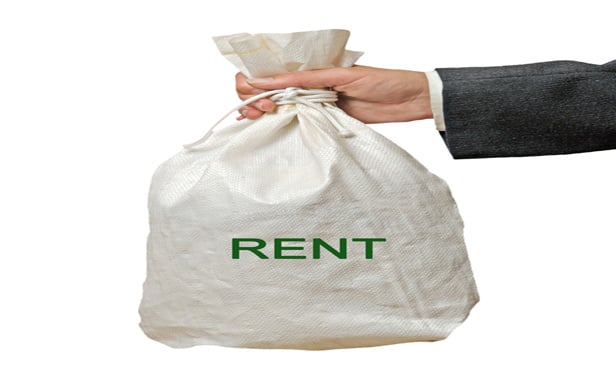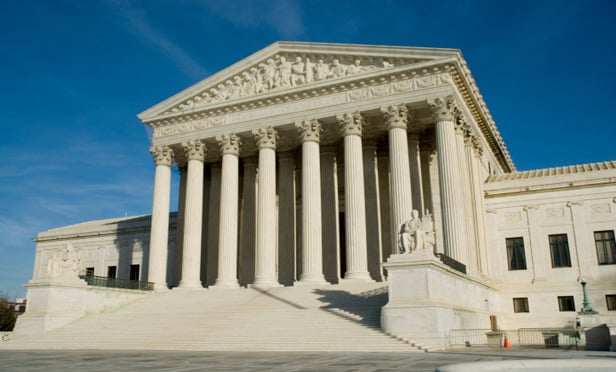Features

U.S. Regulators Lift the Curtain on Data Practices with Assessment, Reporting and Audit Requirements
The assessment and audit requirements of the new generation of state data protection laws will force U.S. companies to move beyond mere window dressing and instead require them to develop fulsome data protection programs.
Features

Revolutionizing Revenue: How 'Invoice to Cash' Innovation Rescues Firms from Billing Woes
More and more, firms are understanding that it's the firm's ability to convert its agreed rates through billing and collections to collection realization that really counts. So why is it such a challenge for firms to solve it?
Features

Decoding DOJ's New 'Justice AI' Initiative
The DOJ is likely to face many practical challenges and novel issues as it begins coding its own algorithm for AI-related enforcement. This article briefly examines three areas of AI-related enforcement where such practical challenges and novel issues may arise.
Features

NYC Guarantor Liability for Post-Window-Period Rent
In Tamar Equities Corp. v. Signature Barbershop 33 Inc., the Appellate Division analyzed whether the Guaranty Law bars recovery from a guarantor where a commercial tenant's default initially arose during the Guaranty Law's window period, but persisted after its expiration.
Features

U.S. Supreme Court Hears Arguments on Whether Copyright Plaintiffs Can Reach Back More Than Three Years for Infringement Damages
In a case of first impression, the Eleventh Circuit decided that a copyright plaintiff may recover damages that occur more than three years before a copyright lawsuit is filed.
Features

Artificial Intelligence Redefines Our Defense Against Cyber Threats
The cybersecurity landscape is on the brink of a transformative shift, with predictive analytics and behavioral analysis leading the charge for more resilient and adaptive defenses.
Features

Let's Do Lunch!
Is the lunch meeting still a thing? Is it a lost art? A lost opportunity?
Features

The FTC and DOJ's New Guidelines Promise Sharper Scrutiny of Mergers
From loosened structural presumptions to unconventional theories of harm such as "ecosystem competition" to consideration of a merger's effects on outside markets, we review some of the most noteworthy changes in the new Guidelines.
Features

Nugent Photo Copyright Dispute Offers Appellate Look at Post-Warhol Fair-Use Analysis
The Fourth Circuit ruled that a copyright infringement claim against a news site, for using a photo of musician Ted Nugent without credit, could proceed, one of the first federal appellate decisions interpreting the U.S. Supreme Court's most recent iteration of the fair use test.
Features

Beyond Language: How Multimodal AI Sees the Bigger Picture
The possibilities for patenting innovative applications of multimodal models across industries are endless.
Need Help?
- Prefer an IP authenticated environment? Request a transition or call 800-756-8993.
- Need other assistance? email Customer Service or call 1-877-256-2472.
MOST POPULAR STORIES
- Coverage Issues Stemming from Dry Cleaner Contamination SuitsIn recent years, there has been a growing number of dry cleaners claiming to be "organic," "green," or "eco-friendly." While that may be true with respect to some, many dry cleaners continue to use a cleaning method involving the use of a solvent called perchloroethylene, commonly known as perc. And, there seems to be an increasing number of lawsuits stemming from environmental problems associated with historic dry cleaning operations utilizing this chemical.Read More ›
- 'Insurable Interest' and the Scope of First-Party CoverageThis article reviews the fundamental underpinnings of the concept of insurable interest, and certain recent cases that have grappled with the scope of insurable interest and have articulated a more meaningful application of the concept to claims under first-party property policies.Read More ›
- The Flight to Quality and Workplace ExperienceThat the pace of change is "accelerating" is surely an understatement. What seemed almost a near certainty a year ago — that law firms would fully and permanently embrace work-from-home — is experiencing a seeming reversal. While many firms have, in fact, embraced hybrid operations, the meaning of hybrid has evolved from "office optional," to an average required 2 days a week, to now many firms coming out with four-day work week mandates — this time, with teeth.Read More ›
- AI or Not To AI: Observations from Legalweek NY 2023This year at Legalweek, there was little doubt on what the annual takeaway topic would be. As much as I tried to avoid it for fear of beating the proverbial dead horse, it was impossible not to talk about generative AI, ChatGPT, and all that goes with it. Some fascinating discussions were had and many aspects of AI were uncovered.Read More ›
- The Powerful Impact of The Non-Foreclosure Notice of PendencyRPAPL ' 1331 and RPAPL ' 1403 Notices of Pendency are requisite elements for foreclosing a mortgage. <i>See, Chiarelli v. Kotsifos</i>, 5 A.D.3d 345 (a notice of pendency is a prerequisite to obtaining a judgment in a mortgage foreclosure action); <i>Campbell v. Smith</i>, 309 A.D.2d 581, 582 (a notice of pendency is required in a foreclosure action under RPAPL Article 13). In contrast, an ex parte CPLR Article 65 Notice of Pendency (the "Notice") is not required but it is a significant tool in an action claiming title to, or an interest in or the use or enjoyment of, another's land. The filer does not have to make a meritorious showing or post a bond. Article 65 provides mechanisms for the defendant-owner to vacate the Notice that caused an unilaterally imposed restraint on its realty. But, recent case law establishes the near futility of such efforts if the plaintiff has satisfied the minimal statutory requisites for filing the Notice.Read More ›
